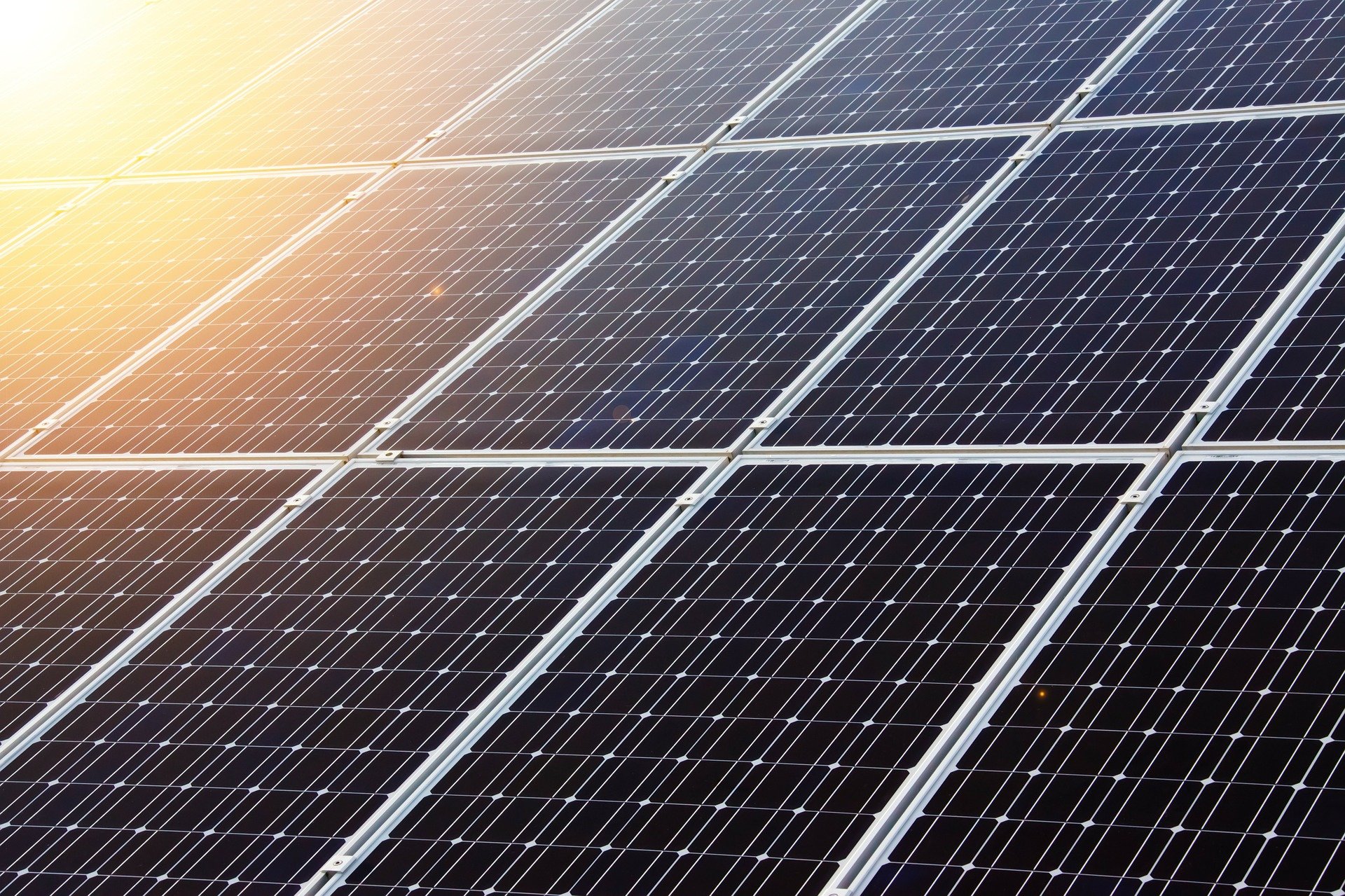Researchers reveal defect properties in photovoltaic material
As a new member of photovoltaic family, antimony trisulfide (Sb2S3) has the satisfactory bandgap of 1.7eV, benefiting the fabrication of the top absorber layer of tandem solar cells. Due to a special quasi-one-dimensional structure, it shows advantages of less dangling bonds. Based on these advantages, the vacancy defects upon the surface causing the recombination of carriers could be reduced sharply, which helps to solve the photovoltaic problems in solar cells.
In previous studies, the relationships between conformation, chemical composition and structure of deep-level defects on Sb2S3 films are unclear.
In a study published in Nature Communications, a research team led by Chen Tao from University of Science and Technology of China (USTC) of the Chinese Academy of Sciences discovered the unique defect properties of low-dimensional materials particularly Sb2S3 through building the bridge between the deep-level defects of Sb2S3 and anion/cation ratio.
The researchers prepared both Sb-rich and sulfur-rich Sb2S3 films by using the method of thermal evaporation deposition. Based on the excellent performance of the devices, the deep-level transient spectroscopy (DLTS) was applied to detect the characterizations of defects.
The sulfur-rich Sb2S3 films showed an excellent performance compared with Sb-rich Sb2S3 films as the lower density of defect and less detrimental to carrier transport were achieved, which matches with the improvement in photovoltaic performance. Based on theoretical calculations, it seems that the defects are trend to appear in Sb-rich Sb2S3films.
Notably, the sulfur-rich Sb2S3 devices fabricated by thermal evaporation showed the highest record power conversion efficiency, which means that the material is capable of being more tolerant to vacancy defects, and indicates that the addictive introduce to the vacancy will not lower the lifetime of carriers.
This study provides a new solution to regulate the photovoltaic properties of Sb2S3.
Weitao Lian et al, Revealing composition and structure dependent deep-level defect in antimony trisulfide photovoltaics, Nature Communications (2021). DOI: 10.1038/s41467-021-23592-0
Provided by
University of Science and Technology of China
Citation:
Researchers reveal defect properties in photovoltaic material (2021, June 17)
retrieved 17 June 2021
from https://techxplore.com/news/2021-06-reveal-defect-properties-photovoltaic-material.html
This document is subject to copyright. Apart from any fair dealing for the purpose of private study or research, no
part may be reproduced without the written permission. The content is provided for information purposes only.
For all the latest Technology News Click Here
For the latest news and updates, follow us on Google News.

